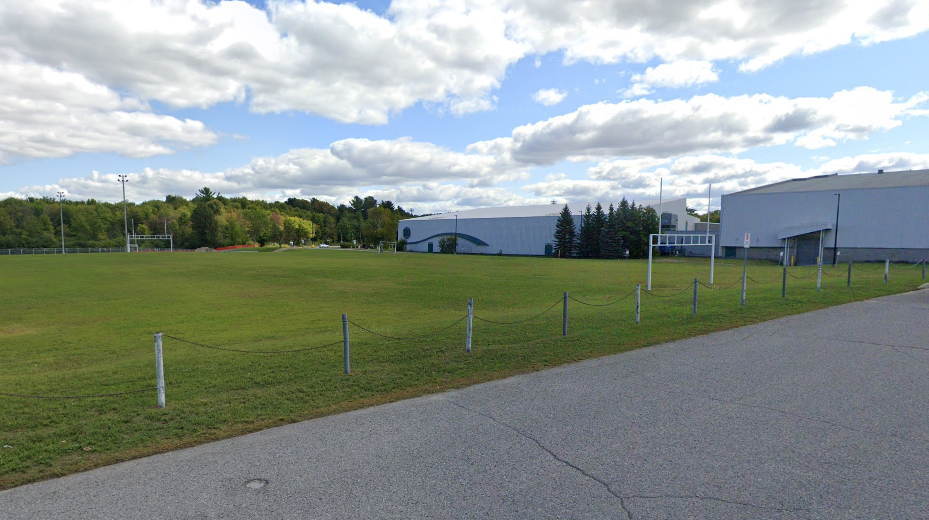Ontario election: Are signs, printed materials still effective for campaigning in 2022?
Posted May 12, 2022 11:47:00 AM.
We’ve seen much of what we do day-to-day shift to online throughout the course of the COVID-19 pandemic, but with voting in the Ontario election set to begin in days how much do printed materials such as campaign signs matter in the 2022 campaign?
“I’d say they’re modestly important. They’re not going to make or break an election where the candidates are quite overmatched, but they’re reasonably helpful to a candidate in a close election,” Donald P. Green, a political science professor at Columbia University in New York, told CityNews.
He is one of the few scholars who has probed the effectiveness of election signs. Working with campaigns in four different elections in various states in the United States, 40 signs went up in each of the random district areas he and his colleagues studied. The team compared results to control areas and found signs can mean additional votes overall.
“The answer seems to be between one and two percentage points, so it’s not nothing but it’s not going to close the gap between a candidate and an opponent who is running up the score,” Green said while reflecting on digital electioneering.
“People have pretty much tapped out on the amount of screen time that they can absorb and the advantage of a physical sign is it still grabs their attention in ways that they necessarily can’t duck through digital distractions.”
Velma Morgan, the chair of Operation Black Vote Canada — the non-partisan organization that aims to support, and increase the number of Black candidates seeking office. Whenever they hold workshops for new candidates, Morgan said they stress older campaigning methods are still vital.
“Signs are important. It is an emotional reaction to the election. Signs also help people remember on election day who they want to vote for,” she said while highlighting the need for in-person connections.
“We say go out and door knock. Knock at every single door that’s in your riding. Even if it has a sign that’s not particularly your party. There may be more than one person living in the household and they may have different opinions on different parties.”
CityNews contacted the four provincial political parties that had MPPs elected in the 2018 Ontario election to ask how campaign teams will be communicating with voters differently in the 2022 election, the use of printed and digital ways of conveying messaging as well as the use of election signs and associated environmental concerns.
Ontario NDP Brampton East candidate Gurratan Singh told CityNews the party has been working to speak with voters through door-knocking and handing out leaflets as well as purchasing digital ads on social media and sending out emails.
“We’re active basically wherever people are going to be whether in person or online,” he said, adding while canvassing there has been a lot of energy when it comes to local issues and supporting local candidates.
“Brampton is notorious for having people who love to have the sign on their lawn. We have so many sign requests. It’s something we struggle with every single day getting our signs off.”
While pointing to signs on the wall at his office, he said those will be “ripped off the wall soon and on people’s lawns because people are very supportive.”
When asked about those who have environmental concerns about signs, he said it’s not something he personally hears about often.
Green Party of Ontario spokesperson Darren Elias addressed the questions about the environmental impact of the campaign such as the exclusive use of fully electric cars for the leader’s tour, but he didn’t discuss the party’s engagement strategy.
“Wherever possible, our lawn signs are made from durable, reusable materials that can be stored and redistributed in future campaigns,” he wrote in a statement.
“Brochures are printed using a waterless process from Warren’s Waterless, an Ontario business leading in eco-friendly printing material.”
A representative for the Ontario Liberal Party declined to comment for this story and a response from the Progressive Conservative Party of Ontario wasn’t received by the time of publication.
Alex Marland, a political science professor at Memorial University and the author of Whipped: Party Discipline in Canada, reiterated the need to engage voters face to face and through tactile means while also saying digital advertising has a role because it can be targeted to different audience and platforms.
“It’s a very refined purchase. The big challenge I think local campaigns is that they need to remember the average person is not using Facebook and looking at politics,” he told CityNews.
“A lot of people in the public they kind of get frustrated by them, they think it’s a bit of a blight on the landscape. I’m somebody who believes that signs are crucial. They are so important to our democracy because when there aren’t signs, you tend to not be aware an election is going on.
“An awful lot of people would point to going digital as really important and it definitely is, but I think anybody who think that digital is the best way to communicate with people and the only way are sorely mistaken.”
Marland did note an important distinction when it comes to provincial and federal elections: the candidates and their personal brand have a much less of an impact on the vote versus municipal candidates.
“Lots of research indicates that on average candidates account for, at best, 10 per cent of the vote. Ninety per cent of the vote when people go to vote they’re thinking about the party leader, they’re thinking about the party, they’re thinking about electoral platforms, they’re not thinking about their local representative,” he said.
Given those dynamics, it means candidates often rely on parties for communications templates. Marland said he believes this can be a missed opportunity for candidates to be bolder with messages and the use of attention-capturing slogans.
“It takes a lot of skill to be able to break through,” he said.








